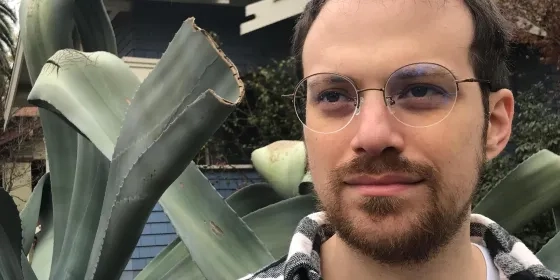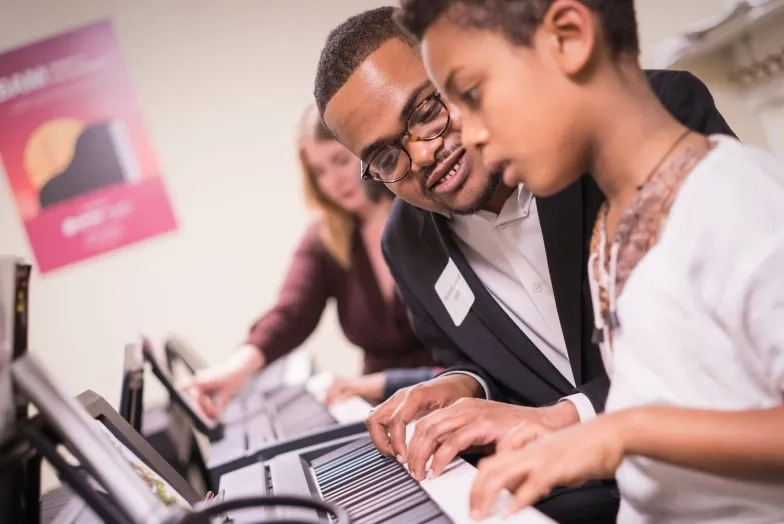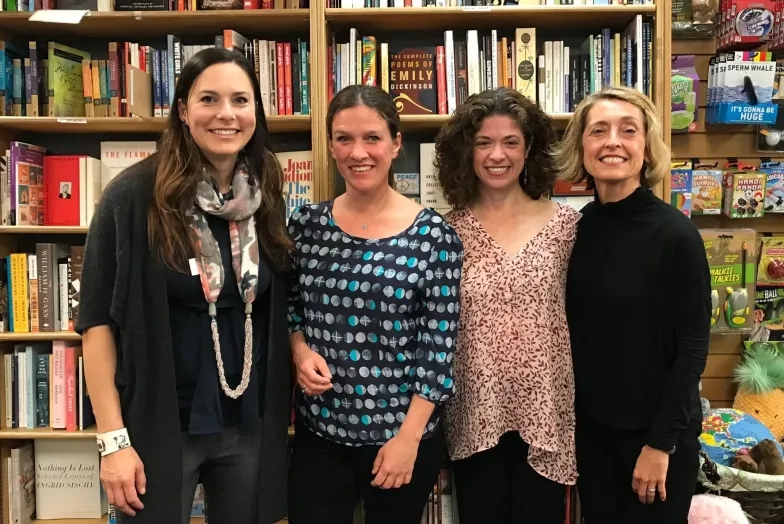Matthew Slayton ’18 Published in Academic Journal
The study of artistry at the level of the brain, where creativity and the mind intersect, is perhaps one of the most curious areas of neuroscience research. What drives creativity? How is it communicated? Alumnus Matthew Slayton ’18 set out to draw some conclusions on this very topic with the help of faculty member and alumnus Indre Viskontas ’08, an opera singer who also received her PhD in neuroscience.
Slayton served as the lead author in a paper published in Current Opinion in Behavioral Sciences entitled “Factors affecting group creativity: lessons from musical ensembles.” Viskontas, his advisor, served as co-author along with Adam Bristol from the psychology department of the University of San Francisco.
The authors examined existing literature and research in the field to better understand group creativity. Focusing on musical ensembles was a good way to illuminate the phenomenon.
“While music is typically used as an example of individual creativity (e.g. where individuals who are in a groove or state or flow rely less on executive, decision-making functions and more on intuitive functions), we argue that music ensembles are a valuable case for understanding creativity in groups,” says Slayton.
It makes sense. The rehearsal or performance of a musical ensemble can provide a continuous stream of creativity to examine in real time.
“We compiled major recent studies in psychology and neuroscience to argue that the way that musicians coordinate, synchronize, and communicate interpretation of a score, musical ideas, and emotion can help shed light on how groups act creatively in a wide range of contexts, from other artistic domains to business and science,” Slayton adds.
Slayton has a background in both neuroscience and music. He studied neurolinguistics and music as an undergraduate—he holds degrees from the University of Chicago and Duke University—but hadn’t studied neuroscience and its application to music. He took Viskontas’ class on music and brain while he was getting his master’s degree in composition at SFCM and began to work with her on that line of research.
When Viskontas was approached to write a paper on creativity for the journal Current Opinion in Behavioral Sciences, she asked if Slayton wanted to be the lead author. He jumped at the chance, having an interest in researching that very topic.
“The field [creativity research] right now tends to focus on individuals,” says Slayton. “What is not known is how group context, being in a small ensemble, affects the source of dynamics. It’s a strangely underexplored area, so it’s very cool that we got to write about it.”
One conclusion that came up in writing the article was startling. In one of the papers they reviewed, they found that group creativity flourishes between pairs of people who have similar capacities.
“It turns out that the most creative outcomes come from the high-high pairs and the low-low pairs,” Slayton says, referring to the capacities for creativity that individuals have. “The high-low pairs are the worst. It seems that being on a similar level with your partner makes a better outcome.”
The opportunity to get published in a leading journal of the field is one for which Slayton is thankful. He mentions that working with Viskontas has been a great experience and has helped set his ambitions.
“Everyone says something like, ‘She’s the best,’ but Indre genuinely is the best,” he says. “She’s so busy, and yet she really has time for her students. She was very involved with the article in its revisions and in general.
“Through the work I did with her, I’m currently preparing to apply to neuroscience PhD programs this coming fall, focusing on neuroscience and music due, in large part, to her advising and influence.”


